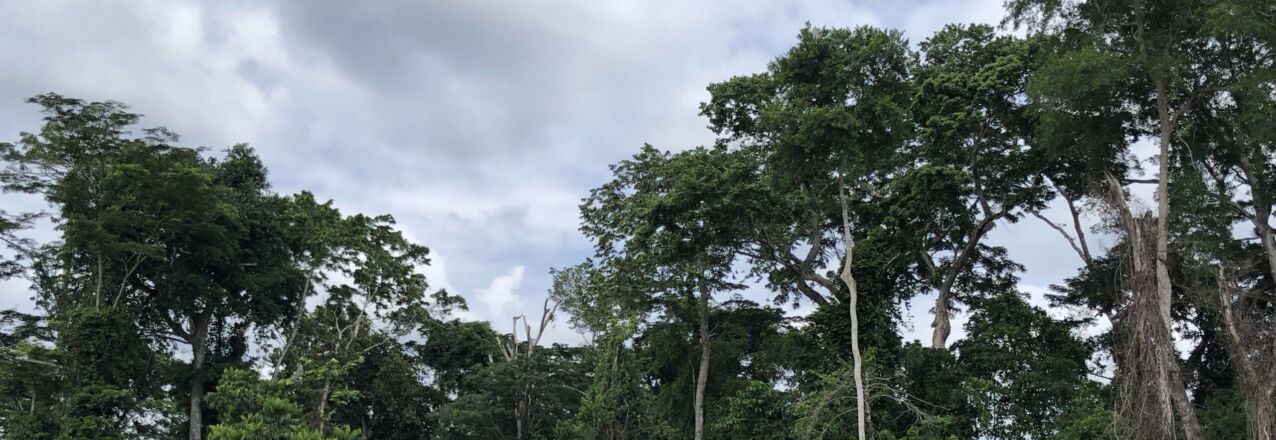The effectiveness of tenure interventions to reduce land-based greenhouse gas emissions
A central challenge facing USAID and other stakeholders committed to climate action is how to reduce land-based greenhouse gas (GHG) emissions given that land use, including agriculture and forestry, account for almost a quarter of annual emissions globally (Seddon et al. 2020, p. 2). There are a range of potential pathways available to achieve the 1.5-degree Celsius (1.5C) target that vary in their relative reliance on fossil fuel emissions reductions, bioenergy, and carbon capture and storage technologies (e.g., long-term geological storage of CO2) (Figure 1; IPCC, 2018). However, in all scenarios, a decrease in land-based GHG emissions and support for land-based carbon removal is essential, without which we will not achieve the 1.5C target.
Climate change mitigation solutions in the agriculture, forestry, and land use (AFOLU) sector have been termed Natural Climate Solutions (NCS). NCS are a suite of protection, restoration and improved land management pathways that reduce land-based GHG emissions and increase rates of CO2 sequestration (Griscom et al. 2020, p. 2). NCS can provide up to 37 percent of the GHG mitigation needed by 2030 to stay on track for a 2-degree Celsius target (Griscom et al., 2017). This estimate does not fully account for implementation feasibility; it also estimated the potential area for natural regeneration that some criticize as too high (Seddon et al. 2020, p. 4). Because of these limitations, the 37 percent estimate is probably an upper limit for the potential contribution of NCS. Nevertheless, NCS such as avoiding deforestation and forest restoration are essential pathways for climate change mitigation.
This issue brief focuses on the two NCS pathways estimated to have the largest climate change mitigation potential globally – avoided deforestation and forest restoration – and the land and resource governance (LRG) or tenure interventions that can contribute to those two pathways. The counterfactual evidence for the impact of LRG interventions on native forest restoration is scant, although this gap is beginning to be recognized (Mansourian, 2016; McLain et al., 2021). No such counterfactual evidence was uncovered when preparing this brief and thus we focus on avoided deforestation impacts. There is a robust literature, including systematic reviews, on the biophysical determinants of native forest restoration. In particular, there are multiple reviews comparing the outcomes of more active versus more passive forms of forest restoration (e.g. Meli et al., 2017; Crouzeilles et al., 2017). Yet, sustained native forest restoration is unlikely to occur unless the underlying human drivers of deforestation are changed. That in turn requires effective interventions, which are the event/program/package that independently brings about this desired change.
Read the full issue brief here.
Prepared by: Tim Holland, Tetra Tech (Integrated Land and Resource Governance program) and Caleb Stevens, USAID (Land and Resource Governance Division)


